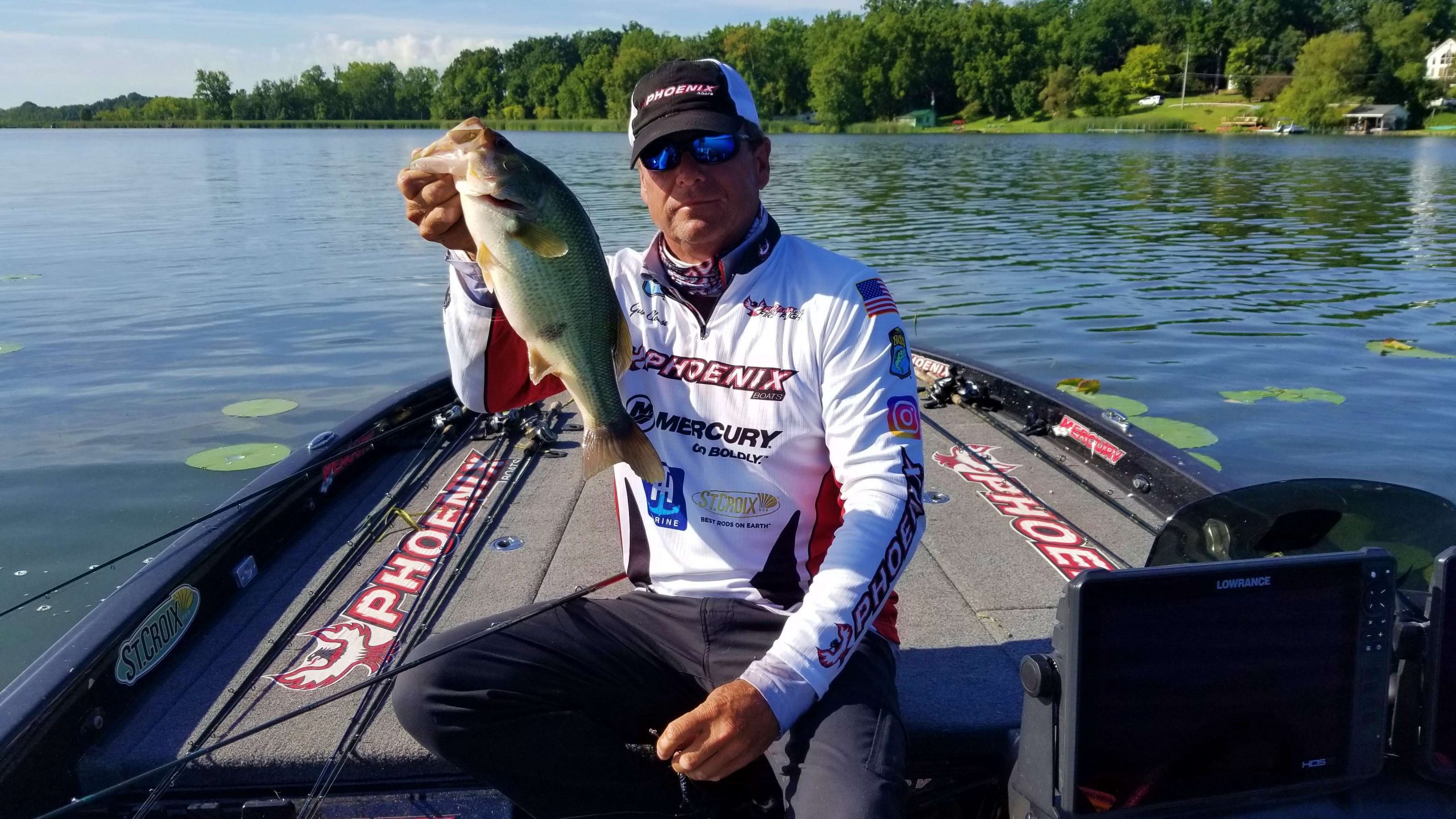
Anglers love to chase lure trends, looking for that next secret lure that will get them more bites.
I admit I’m no different, but I learned a long time ago that some lure tactics deserve a permanent spot in your fishing repertoire.
Like the Texas-rigged worm. Yes, that may be old school, but it’s a time-tested way to catch largemouth bass no matter where you fish.
When I started back in the mid-70s, it was the number one method for catching both numbers as well as quality bass.
It’s a presentation that bass never seem to get tired of.
Having said that, the more I fish the more I realize there is an art to it. When I opt for the Texas-rigged worm, I put more thought into the components — line, hook and sinker size — and experiment more than ever before.
There’s no doubt that you can put a 7-inch worm on a 3/0 worm hook with a 3/8-ounce bullet sinker on stout line and catch fish.
But if you want to catch fish under a variety of conditions, there are more ways to put a plastic worm in play.
One thing that has enhanced that is the simple “bobber stop” that helps hold a weight in place. Some are now marketed as sinker stoppers wherever bass tackle is sold.
These tiny rubber items are threaded onto the line and give you more versatility in presenting the worm.
If you need to peg the sinker to the top of the hook, simply put the stopper on ahead of the sinker and pull it down tight. If you are in a situation where you want the sinker to slide freely, simply move the stopper up the line until the next time you want to peg the sinker.
When fishing the canals of Florida, I’ve even put stoppers on ahead and beneath the sinker which gives me the capability of fishing a Zoom Trick Worm like a mini Carolina rig. By simply sliding the stoppers, I can change my presentation quickly.
Another consideration is the size of your weight. When fishing the shallow grass of Florida, most anglers are fishing a light sinker so that the worm flutters around the grass. A few years ago, I experimented with a 3/4-ounce sinker with a Zoom Ol’ Monster worm. Once it hit the bottom, I would jerk it about a foot above and let fall quickly again. That not only triggered more bites, but I caught some really big fish doing that.
Bass can be just as finicky about hooks. Again, one time while fishing in Florida, my partner rigged a Zoom Trick Worm weightless with a giant, heavy duty 5/0 hook and dropped it around the Kissimmee grass. I thought it looked silly until he started whacking the big fish. However, I realized that big hook on that finesse worm provided enough weight to give the bait a tantalizing fall.
Five years ago, my son and I were swimming a Zoom Ultra-Vibe Worm around bream beds. We were catching big bass using 3/16-ounce sinkers and a 3/0 hook on 12-pound line. Because of the size of the fish, we thought we should upsize our hook, but when we did, our bites diminished. When we went back to the 3/0, we started catching them again.
As weird as sounds, we’re convinced the hook made a difference.
My point is the Texas-rigged worm is truly a deadly and versatile presentation. Don’t get hung up on one size of weight, hook or style of worm. There also are times when a change in line size can make a difference.
Take time to experiment and you may discover a trend of your own that puts more fish in the boat.

